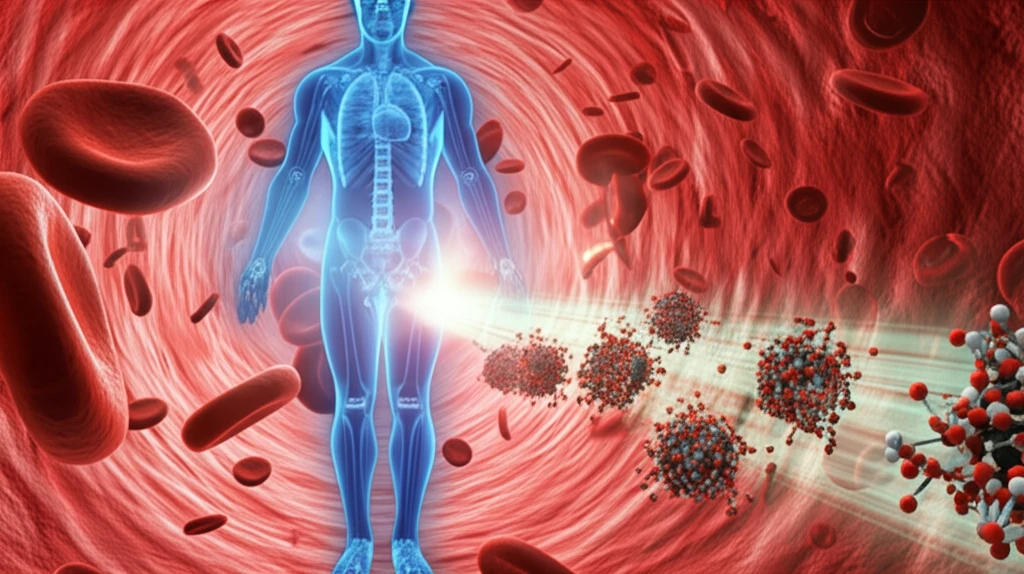
Melanin Nanoparticles: The Future of Medical Imaging?
"Explore how melanin nanoparticles chelated with barium ions offer a safer, naturally-derived alternative to traditional X-ray contrast agents."
In modern medicine, contrast enhancement agents are essential for improving the clarity and detail of medical imaging techniques. X-ray computed tomography (CT) relies on these agents to visualize internal structures. However, the commercially available contrast agents often fall short of ideal, prompting researchers to explore safer and more effective alternatives.
Currently, barium sulfate suspensions and iodinated molecules are commonly used for gastrointestinal and vascular CT imaging, respectively. These iodinated contrast agents have drawbacks, including short blood circulation time, rapid renal clearance (leading to a brief imaging window), potential toxicity at high concentrations, and a lack of specificity in how they distribute within the body.
In recent years, nanoparticulate systems, especially organic and inorganic nanoparticles, have garnered significant attention as potential X-ray contrast agents. Their ability to track cells and target specific tissues makes them attractive for advanced imaging applications. Nanoparticles containing elements with high atomic numbers excel at absorbing X-rays, resulting in enhanced image contrast. However, concerns about the poor degradability and potential toxicity of inorganic nanoparticles have limited their widespread use.
Why Melanin Nanoparticles Could Revolutionize CT Imaging

Scientists are actively seeking nano-platforms to overcome the challenges associated with existing contrast agents. Liposomes, micelles, and protein nanoparticles are being developed as efficient platforms for delivering drugs and contrast agents. However, liposomes and micelles are delicate systems that require complex handling and formulation processes. Protein nanoparticles need cross-linkers and specific binding ligands, making their synthesis intricate and complicated.
- Natural Chelation: Melanin's inherent ability to chelate metal ions is vital for regulating their amounts in biosystems.
- Enhanced Chelation at Nanoscale: The chelating ability of melanin increases at the nanoscale due to the high surface-to-volume ratio of melanin nanoparticles (MNPs).
- Ideal Candidate: Considering melanin's strong chelating ability, melanin NPs are ideal as a new nano-platform in bio-imaging.
The Promise of Melanin in Medical Imaging
Melanin nanoparticles chelated with barium ions hold great promise as a CT contrast agent, offering similar or even slightly higher X-ray attenuation than commercially available iodinated agents. This innovative approach leverages the natural properties of melanin to create a biocompatible and biodegradable contrast agent, paving the way for safer and more effective medical imaging techniques. With further research and development, melanin-based contrast agents could become a transformative tool in diagnostic imaging, enhancing our ability to visualize and understand the complexities of the human body.
